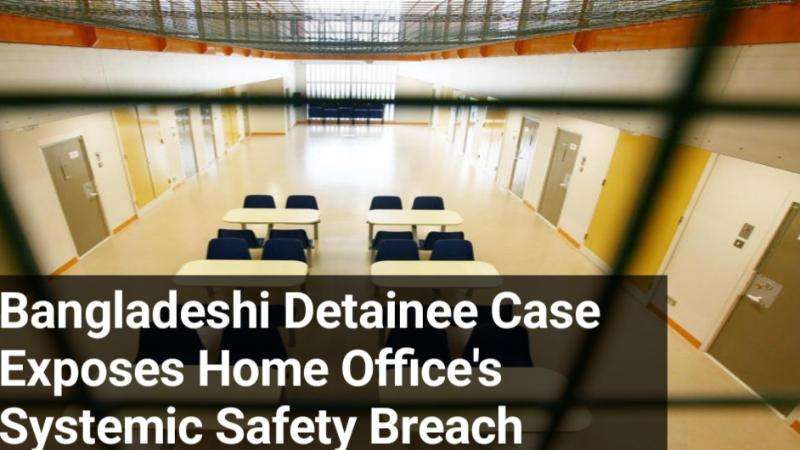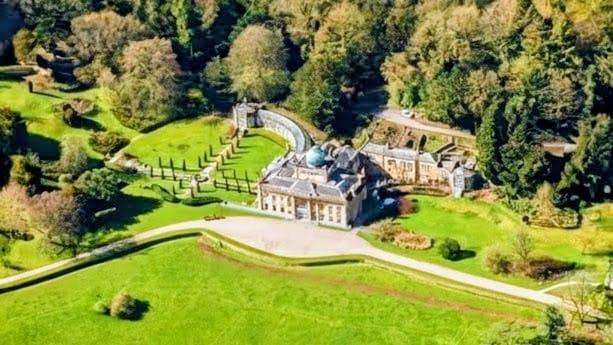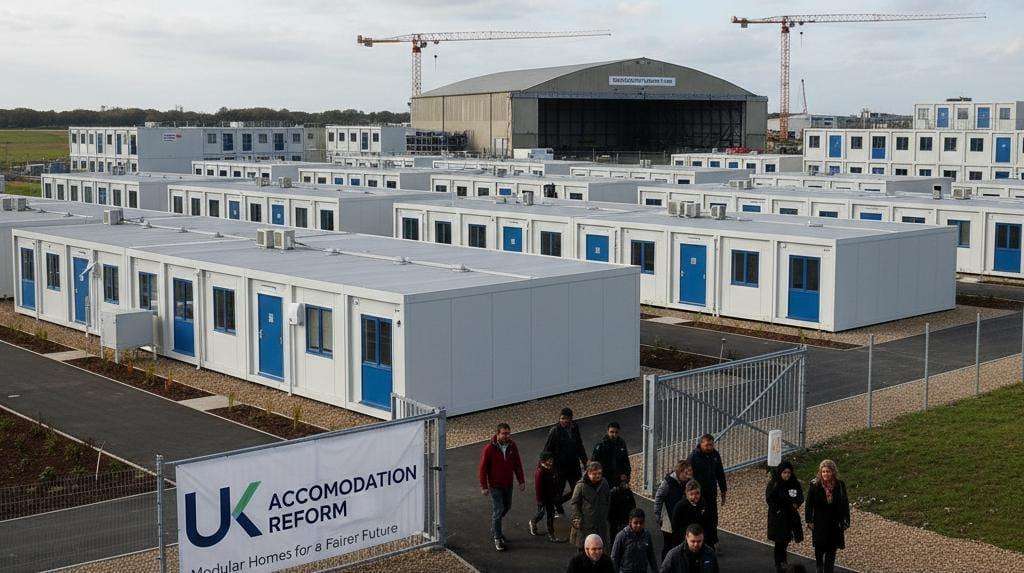Nestled within the quintessentially English setting of the Cotswolds countryside, the 200-year-old Sezincote House is a truly spectacular and unexpected sight. Located near Moreton-in-Marsh, this privately-owned estate stands as a magnificent example of Neo-Mughal architecture, offering visitors a unique "slice of India" and earning its popular comparison to the iconic Taj Mahal.
The palace is the centrepiece of a traditional, family-run estate spanning approximately 3,500 acres of rolling countryside, which features a romantic, Picturesque-style water garden complete with waterfalls, canals, grottoes, and temples.
Why it Looks Like the Taj Mahal & What the Differences Are
Sezincote is frequently likened to the Taj Mahal due to its embracing of the Mughal architectural style—a fusion of Persian, Islamic, and Indian elements.
Similarities (What Makes it Look Like the Taj Mahal):
Sezincote features a large, central onion-shaped dome, a hallmark of Mughal architecture also prominently featured on the Taj Mahal. The house incorporates octagonal corner minarets, which frame the building, similar to the four minarets surrounding the Taj Mahal. The design includes distinct features like peacock-tail windows and jali-work railings (intricate stone latticework), all of which are characteristic of Mughal and Rajasthani palaces.
Key Differences:
The original Taj Mahal is famous for its brilliant white marble, while Sezincote has a dominant red sandstone appearance and its dome is covered in copper instead of marble. Furthermore, the Taj Mahal was built as a majestic mausoleum (a tomb), whereas Sezincote was built as a private country house (a home). Architecturally, the Taj Mahal's interior is purely Mughal and Islamic, while Sezincote’s interior is largely Classical Greek Revival (European) in style.
The house was built by British hands—designed by architect Samuel Pepys Cockerell and artist Thomas Daniell, who had extensive knowledge of Indian architecture through drawings and engravings, but did not exactly replicate any single structure. Sezincote is a British re-interpretation in Georgian architecture of classic Mughal forms.
Ownership and Provenance
The house was the vision of Sir Charles Cockerell (1755–1837), who purchased the estate and commissioned the Neo-Mughal redesign. He was British and of European descent. Cockerell was a "nabob," a term for a British official who acquired a large fortune in India while working for the East India Company in Calcutta.
Current Ownership
Sezincote House remains a privately owned family home. The estate is currently managed by a brother and sister team, Edward Peake and Katharine Loyd, with support from the older generation. The Peake family are descendants of Sir Cyril and Lady Kleinwort, who purchased the house in 1944 and began its major restoration. They are British and of European descent.
The thriving agricultural estate ensures the maintenance of the house and grounds.
The Gardens are open from March to November inclusive, every Wednesday, Thursday, Friday, and Bank Holiday Monday from 11 am to 5 pm (closing at 4 pm in March and November). Garden-only visitors do not need to pre-book.
The House, Garden, and Orangery Tearoom are open for a shorter season, from May to September inclusive, every Wednesday, Thursday, Friday, and Bank Holiday Monday from 11 am to 5 pm. All house tour tickets must be pre-booked and pre-paid through the website to secure a spot. The first tour is at 11:30 am, and the last is at 4:30 pm.
The unique location hosts a select few weddings each summer, which means weekends are usually closed to the public. Visitors are advised to check the official Sezincote website for the most current information and to book tours in advance.








.svg)


_1.jpg)